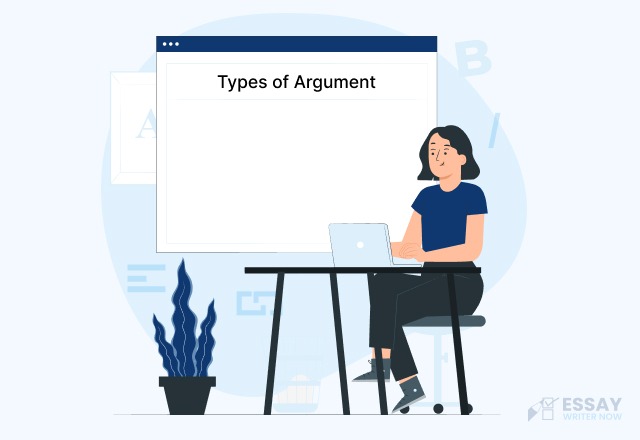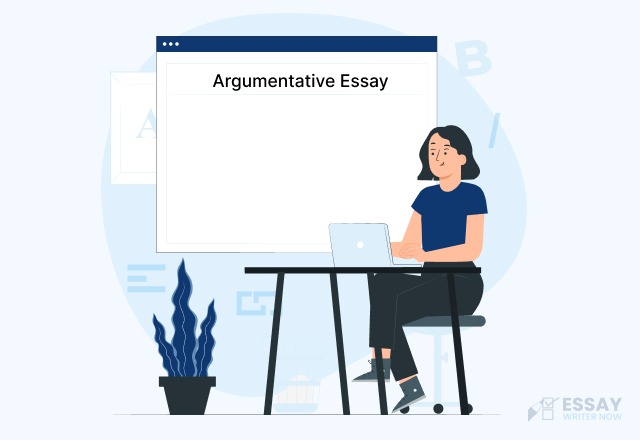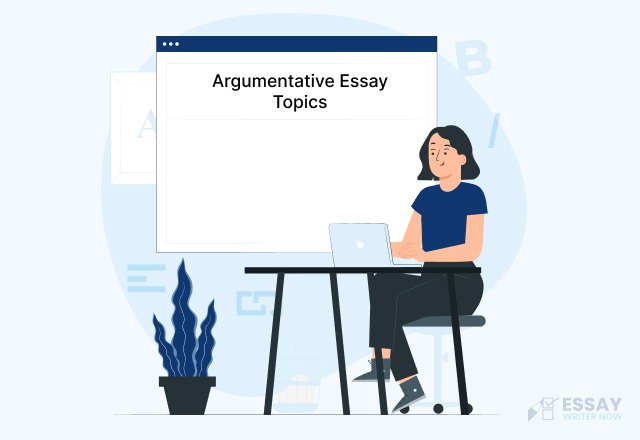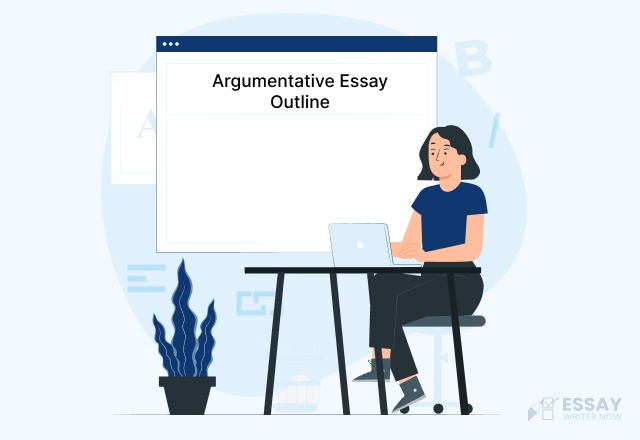Types of Argument
When writing an argumentative essay, you'll encounter three main types of arguments: classical, Rogerian, and Toulmin. Each type serves a different purpose and is suitable for different kinds of issues and audiences.
Here's a detailed look at each:
1. Classical Argument
The classical argument, rooted in ancient Greek and Roman rhetoric, is the most straightforward type of argument. It is structured to persuade the audience through a clear, logical presentation of evidence by using Ethos, Pathos, and Logos.
This type is most effective when you have a strong stance and ample evidence to support your position.
Structure:
- Introduction: Introduces the topic, provides background information, and states the thesis.
- Narration: Offers context and elaborates on the background of the issue.
- Confirmation: Presents the main points and evidence supporting the thesis.
- Refutation: Addresses and refutes opposing arguments.
- Conclusion: Summarizes the argument, reinforces the thesis, and possibly calls to action.
Example:
| An essay arguing for renewable energy might begin with an introduction to the topic, detail the current energy crisis (narration), present evidence on the benefits of renewable energy (confirmation), counter arguments about the feasibility and cost of renewable energy (refutation), and conclude with a strong summary and a call for policy change. |
2. Rogerian Argument
The Rogerian argument, named after psychologist Carl Rogers, emphasizes understanding and compromise. This type is most effective in highly polarized issues where finding common ground is necessary. It seeks to reduce hostility and build a cooperative solution.
Structure:
- Introduction: Introduces the issue and acknowledges the validity of different perspectives.
- Opposing View: Presents the opposing viewpoint fairly and accurately.
- Statement of Understanding: Shows understanding and respect for the opposing viewpoint.
- Your Position: States your position and explains its merits.
- Statement of Contexts: Discusses contexts in which your position is valid.
- Benefits: Explains how adopting elements of both positions can benefit all parties.
Example:
| An essay on school uniforms might begin by acknowledging the arguments against uniforms (e.g., suppression of individuality), show understanding for these concerns, present the benefits of uniforms (e.g., reducing peer pressure), and suggest a compromise (e.g., allowing some personal expression within the uniform policy). |
3. Toulmin Argument
The Toulmin argument, developed by philosopher Stephen Toulmin, focuses on the practical application of argumentation. It is well-suited for complex issues with no clear right or wrong answers. This method breaks arguments down into six components to clarify and analyze the reasoning process.
Components:
- Claim: The main point or thesis.
- Grounds: The evidence and facts supporting the claim.
- Warrant: The logical connection between the claim and the grounds.
- Backing: Additional support for the warrant.
Qualifier: Statements that limit the strength of the claim (e.g., "usually," "probably"). - Rebuttal: Potential counter-arguments and how they can be addressed.
Example:
| An essay arguing for the legalization of medical marijuana might claim that it has therapeutic benefits (claim), supported by scientific studies (grounds). The warrant would link these studies to the need for legalization, while backing might include expert testimonials. The qualifier might acknowledge that marijuana may not be a panacea, and the rebuttal would address concerns about abuse and regulation. |
Steps to Structure an Argumentative Essay
Structuring an argumentative essay involves a clear, logical organization that guides the reader through your reasoning. Here are the steps to structure it into a perfect argumentative essay outline:
1. Introduction
Hook: Start with an attention-grabbing hook to engage the reader. This can be a quote, a fact, a question, or a brief anecdote relevant to your topic.
Background Information: Provide some context or background information about the topic. This helps the reader understand the issue at hand. If you need help, then be sure to look at some argumentative essay examples for inspiration!
Thesis Statement: Present a clear and concise thesis statement that outlines your main argument. This statement should reflect your stance on the issue and give a preview of the main points you will discuss.
2. Body Paragraphs
Each body paragraph should focus on a single piece of evidence or a specific aspect of your argument. Follow this structure for each paragraph:
Topic Sentence: Start with a topic sentence that introduces the main idea of the paragraph. This should directly relate to your thesis statement.
Explanation: Elaborate on the topic sentence. Explain why this point is important and how it supports your overall argument.
Evidence: Provide evidence to support your point. This can include statistics, quotes, examples, or research findings. Make sure to properly cite your sources.
Analysis: Analyze the evidence you have provided. Explain how it supports your argument and why it is significant. Connect it back to your thesis statement.
Counter Arguments and Rebuttal: Address potential counterarguments or opposing views. Present these counterarguments fairly and then refute them with evidence and reasoning. This strengthens your argument by showing you have considered multiple perspectives.
3. Conclusion
Restate the Thesis: Begin by restating your thesis statement in a slightly different way to reinforce your argument.
Summarize Key Points: Briefly summarize the main points you made in the body paragraphs. Highlight the most compelling evidence and analysis.
Implications or Call to Action: End with a strong closing statement that underscores the importance of your argument. You can discuss the broader implications of your findings, propose a course of action, or suggest areas for further research.
Additional Tips
Transitions: Use transitional words and phrases between paragraphs to ensure a smooth flow of ideas.
Clarity and Precision: Be clear and precise in your language. Avoid vague statements and make sure each point is well-supported.
Revision and Editing: After writing your essay, revise and edit it for coherence, consistency, and clarity. Check for grammatical errors and ensure that your argument is logically structured.
In conclusion, understanding the different types of arguments is essential for crafting persuasive, informative, and engaging writing. Each type follows its own set of principles and methods, enabling you to approach a topic from various angles to effectively communicate with your audience. Whether you are aiming to persuade, inform, or entertain, mastering these forms of argumentation will enhance your ability to convey your message clearly and convincingly.
Still confused with the different types of arguments? Try getting in touch with a writing service that saves time and money.





